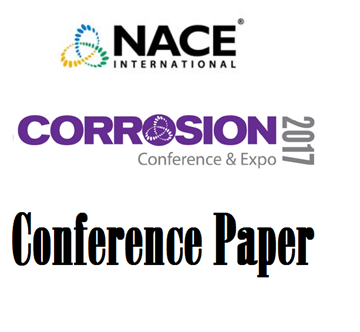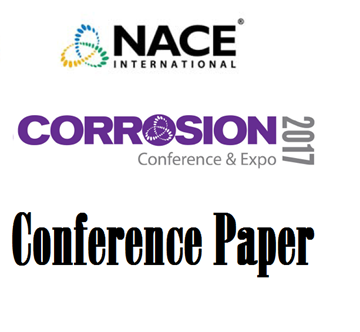Search
Products tagged with 'cathodic protection'
View as
Sort by
Display
per page
CP Virtual Training Simulator Subscription - One Year CP Virtual Training Simulator Access
Product Number:
CPVIRTUALTRAININGSIMULATOR
$429.00
Datascience To Enhance Pipeline Maintenance
Product Number:
51322-17508-SG
Publication Date:
2022
$20.00
DC Decoupler Modelling To Predict The Effects Of Capacitance On CP Potential Surveys
Product Number:
51322-17839-SG
Publication Date:
2022
$20.00
Dealing with Pipelines Positive Potential a Case of Study
Product Number:
51317--9202-SG
ISBN:
9202 2017 CP
Publication Date:
2017
$20.00
Design and Implementation of an Offshore Remote Monitoring System for Corrosion, Coating and Cathodic Protection Performance
Product Number:
51323-19265-SG
Publication Date:
2023
$20.00
Detecting Hidden Integrity Threats Using CP Current In-Line Inspection Tools
Product Number:
51317--8883-SG
ISBN:
8883 2017 CP
Publication Date:
2017
$20.00
Discussion On AC Corrosion Mechanism And Risk Assessment For Cathodically Protected Pipelines
Product Number:
51321-16978-SG
Publication Date:
2021
$20.00
Effect of Chemical Environment and pH on AC Corrosion of Cathodically Protected Structures
Product Number:
51317--9352-SG
ISBN:
9352 2017 CP
Publication Date:
2017
$20.00
Effect of Dissolved Oxygen on Fatigue Crack Growth Rate of Low Alloy Steels in Saltwater with Cathodic Protection Environment
Product Number:
51323-18913-SG
Publication Date:
2023
$20.00
Effect of Environmental and Flow Process Conditions on Impressed Current Cathodic Protection System in a Petrochemical Installation
Product Number:
51324-20619-SG
Publication Date:
2024
$40.00
Effect Of Soil Environment On Hydrogen Embrittlement Behavior Of X60 Steel
Product Number:
51322-17705-SG
Publication Date:
2022
$20.00
Effective Pipeline Corrosion Monitoring in Regions Impacted by External DC Polarization Factors
Product Number:
51324-21132-SG
Publication Date:
2024
$40.00












